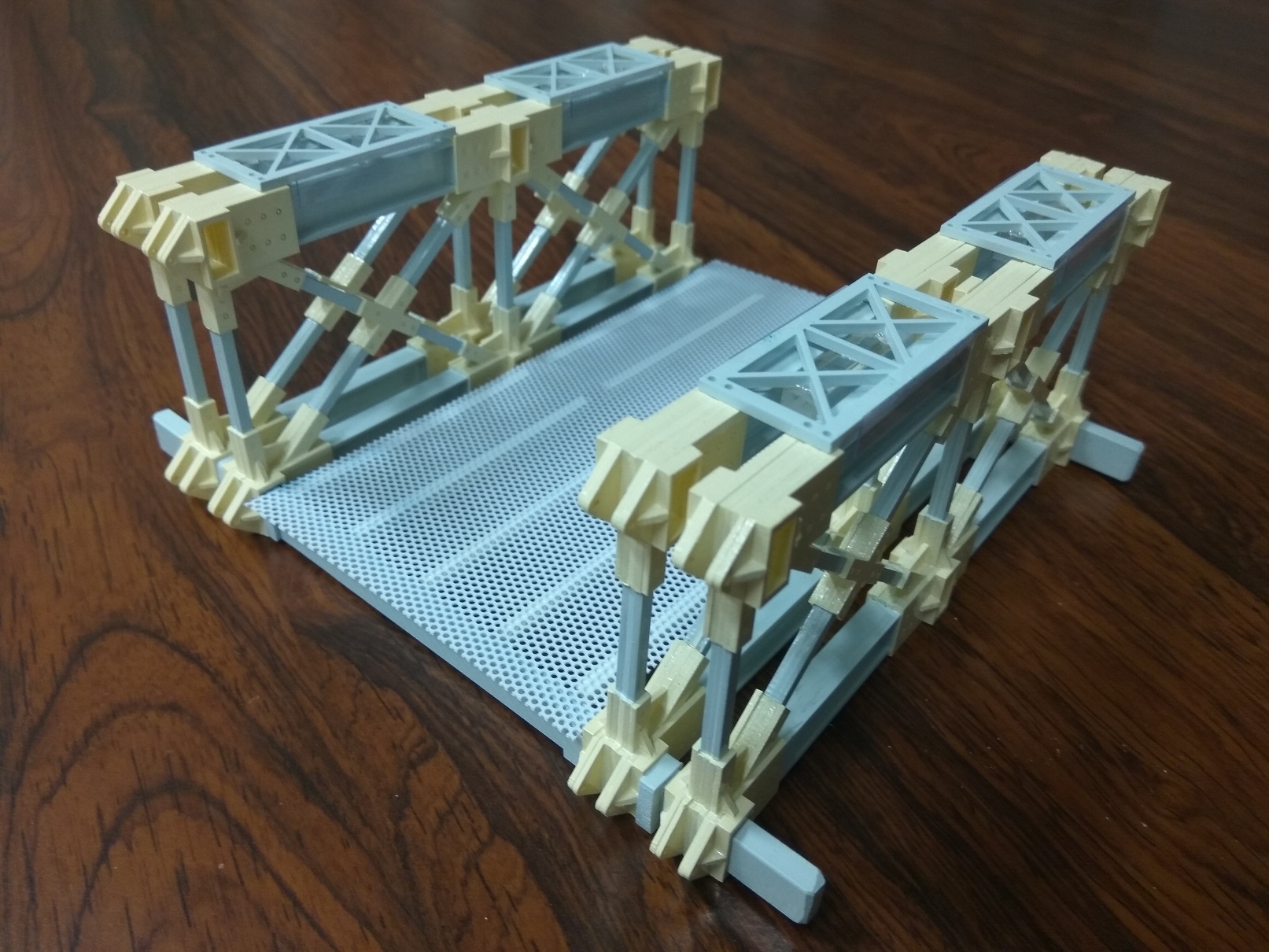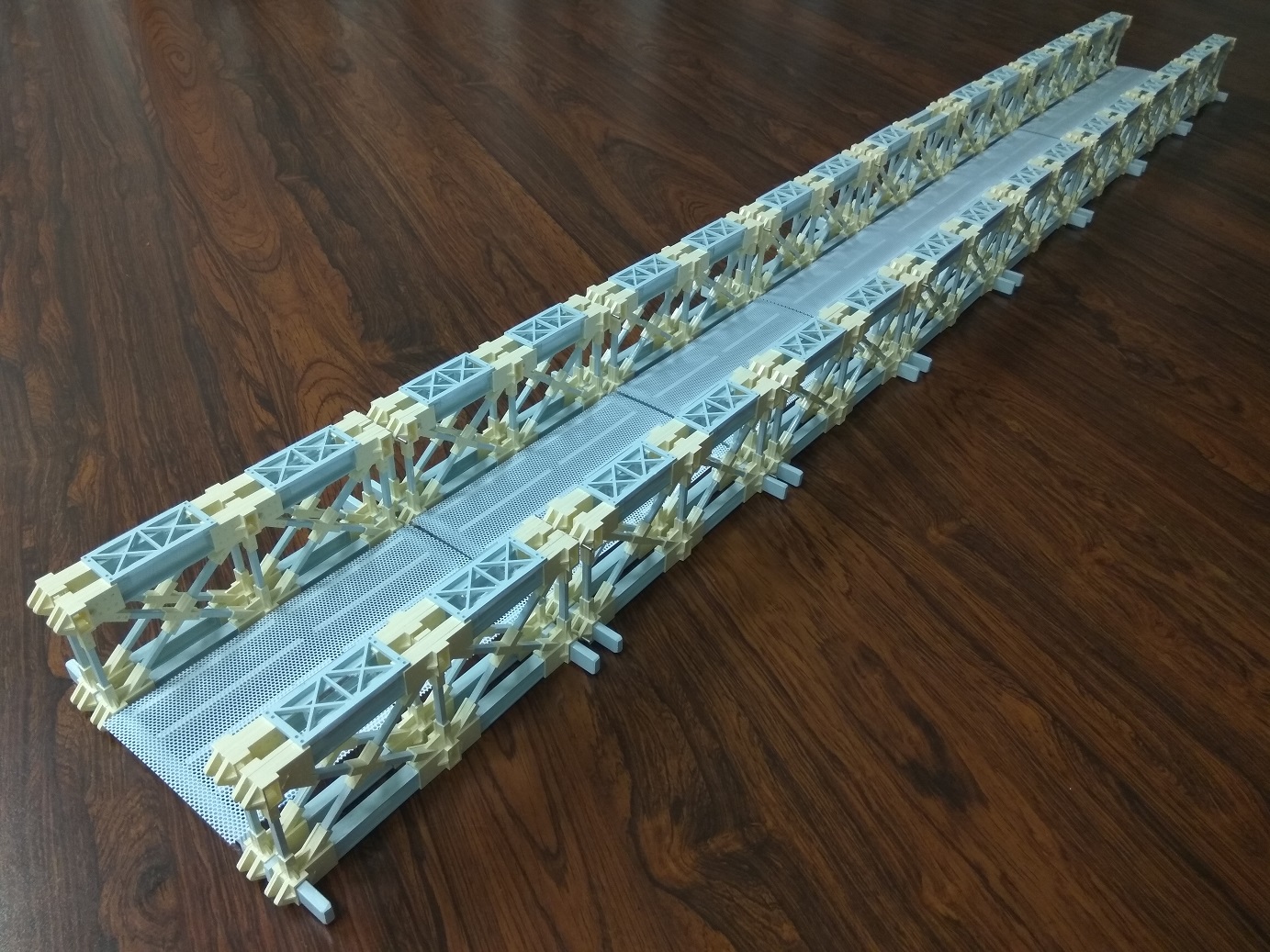| Technical Name | Modular lightweight composite truss-type transportable bridge for disaster relief | ||
|---|---|---|---|
| Project Operator | National Applied Research Laboratories | ||
| Project Host | 葉芳耀 | ||
| Summary | The characteristics of modular lightweight composite truss-type transportable bridge for disaster relief are: |
||
| Scientific Breakthrough | The technical characteristics of modular lightweight composite truss-type transportable bridges for disaster relief are: |
||
| Industrial Applicability | Natural disasters such as typhoons, flooding, and earthquakes pose a severe threat which cut off numerous mountain communities from the outside world and prevented emergency disaster relief supplies and personnel from reaching these areas. The proposed rescue bridge can enable quick emergency access and transport of foodstuffs to stricken areas, and minimize loss of life and property losses by allowing rescue personnel to take advantage of the golden period for relief work. |
||
| Keyword | Modularization Lightweight Easy assembly Re-usability Composite material Self-weight balance principle Incremental launching method High safety erection Truss-type composite segment Transportable bridge for disaster relief | ||
- fyyeh@narlabs.org.tw
other people also saw







